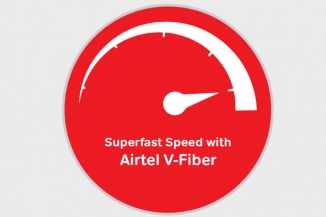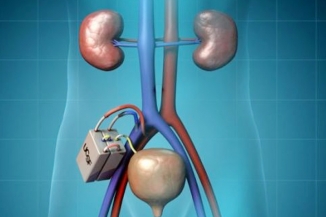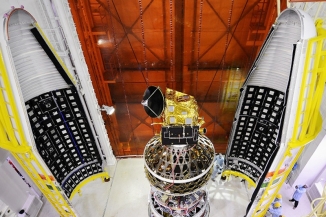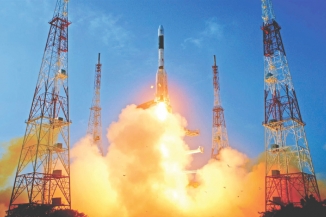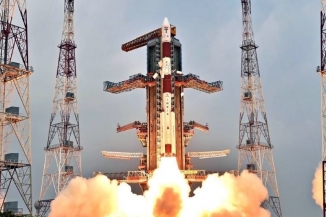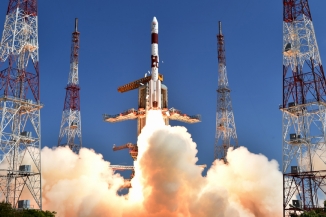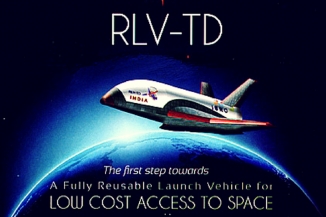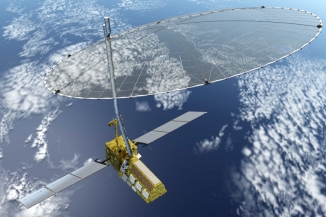
India has become the first country among the developing world to have its own telescope in space. Indian space agency, ISRO has joined the select club, only the USA, European Union and Japan have similar capabilities. China does not have a space observatory. This satellite is compared to the mythical 'third eye of Lord Shiva' as it can view the Cosmos in ways the human eye is not capable of observing. It will be used to study black holes and analyse how the stars and galaxies are actually born and die.
“Today is one of the eventful days for us. Our PSLV has once again proved to be a workhorse,†ISRO chairman A.S. Kiran Kumar said from the Mission Control Room, soon after the rocket injected the satellites into the intended orbits.
This is the first time ISRO is launching satellites for the United States. ASTROSAT may be similar to the NASA's Hubble Space Telescope. Within 22 minutes after it lifted off, ISRO's PSLV C-30 rocket successfully placed in orbit, the country's AstroSat. Within few minutes later, Canada's NLS-14 nanosatellite, Indonesia's LAPAN-A2 microsatellite and four identical LEMUR nano satellites for the United States were also put into the orbit.
This flight of the Polar Satellite Launch Vehicle (PSLV) is historic as, for the first time, American satellites are being launched by India. India's low cost of launching has made the Americans to shun their attitude of untouchability, that they had adopted towards ISRO.
AstroSat comes in the wake of the highly-successful Mangalyaan mission, which has made a global history, just a year ago, when India has became the first country to reach the Red Planet on its debut attempt. The Mars Orbiter Mission or MOM and AstroSat are comparable in both being low-cost missions with limited scientific capabilities. The Astrosat has cost Rs 178 crore to make.
ASTROSAT aims at understanding the high energy processes in binary star systems containing neutron stars and black holes, to estimate magnetic fields of neutron stars, to study star birth regions and high energy processes in star systems lying beyond the Milky way galaxy.
By Premji






